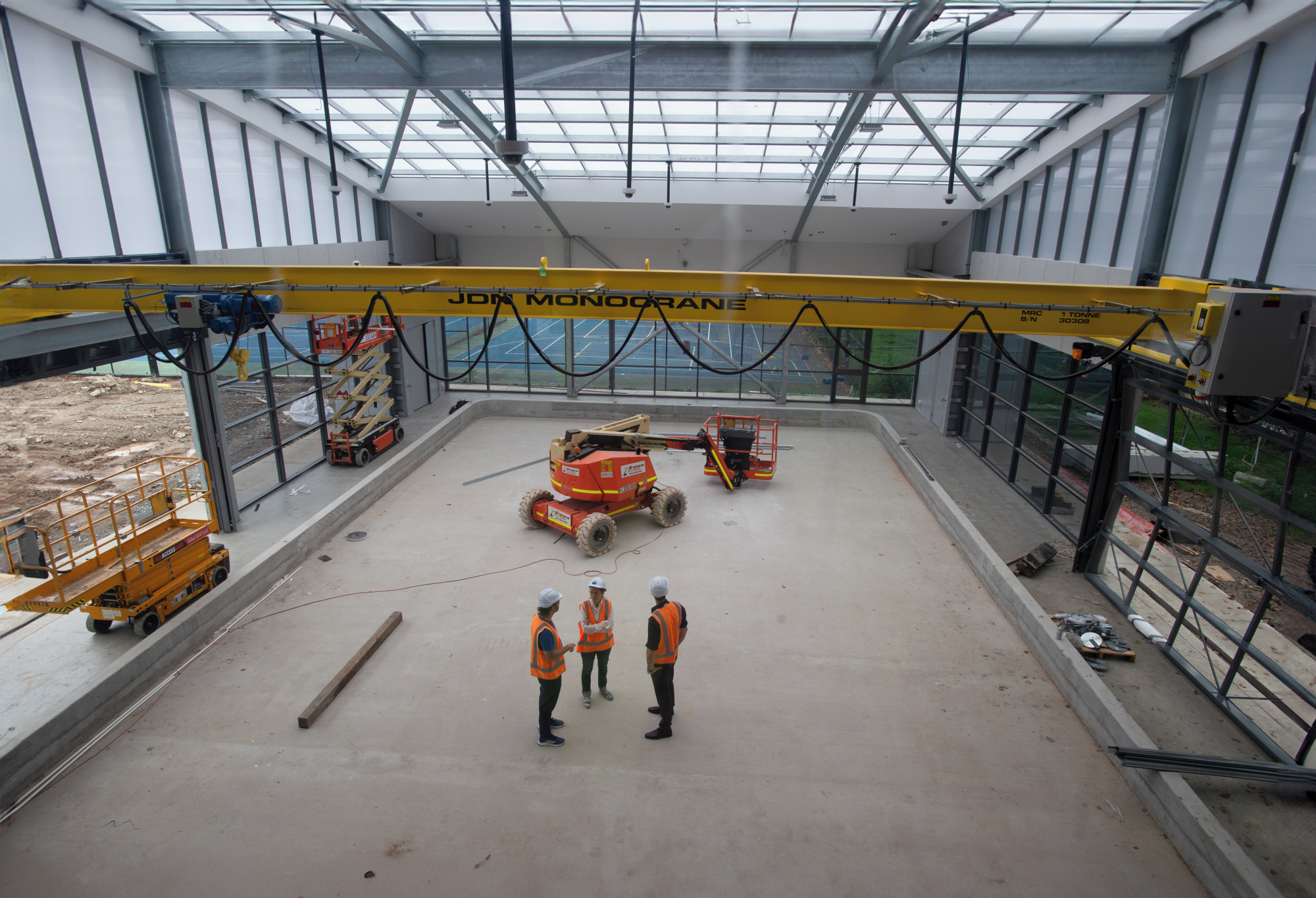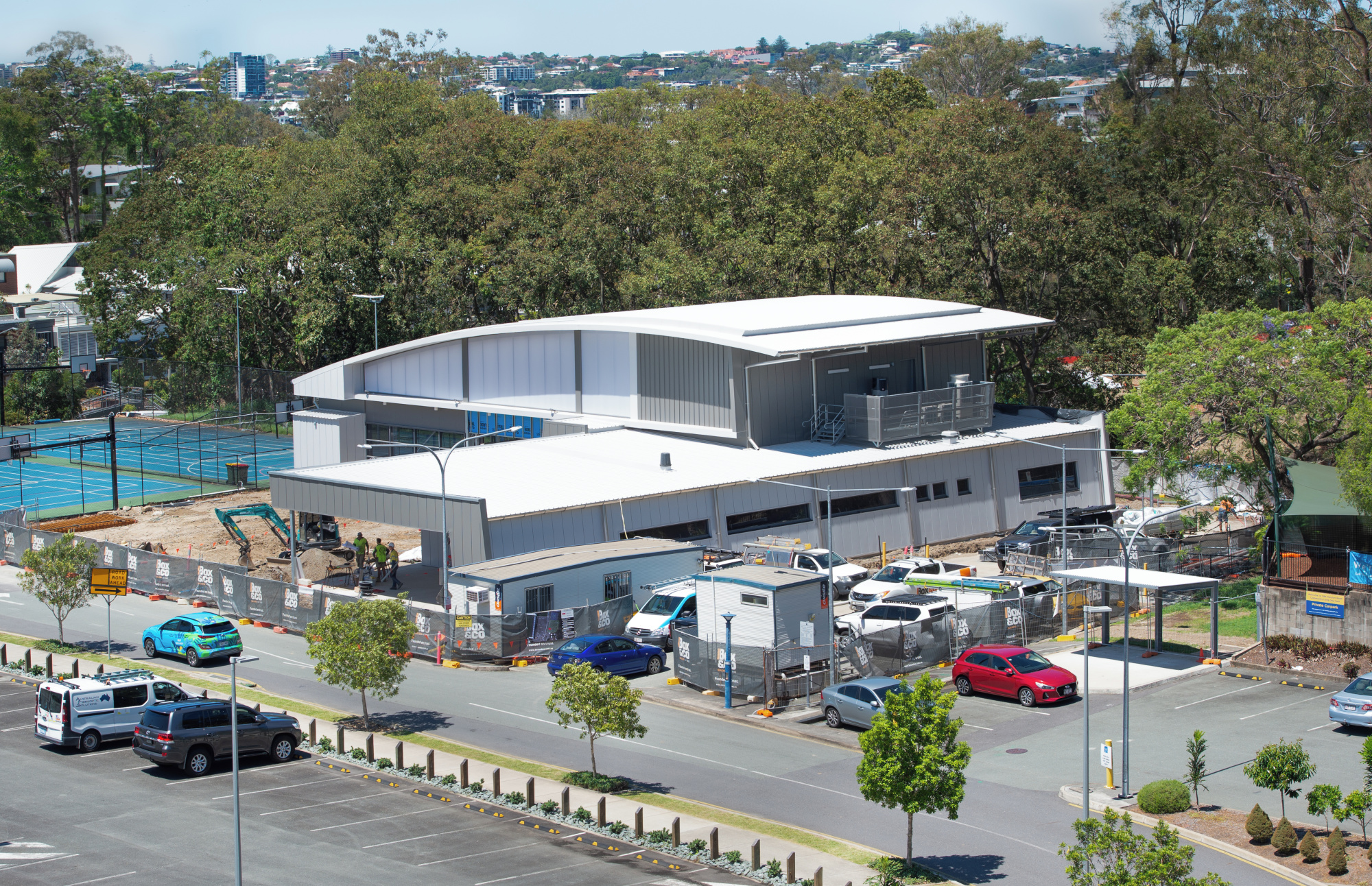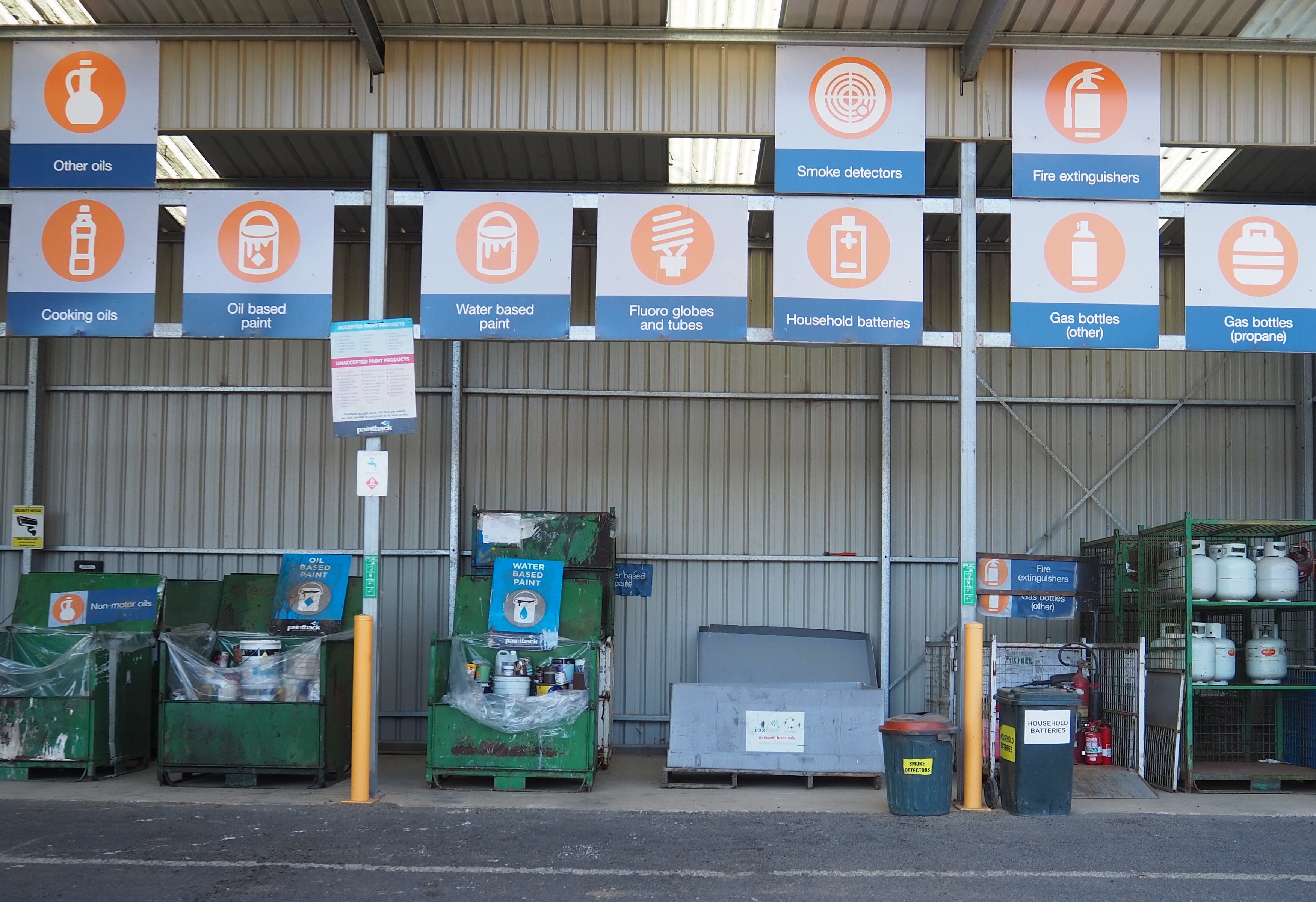The centrepiece of the $7.9 Million QUT Space Technology Precinct – and Australia’s largest covered facility for testing field robotics and equipment in realistic Moon conditions – is on track to be completed this year.
The centrepiece of the $7.9 Million QUT Space Technology Precinct – and Australia’s largest covered facility for testing field robotics and equipment in realistic Moon conditions – is on track to be completed this year.
A lunar testbed, the first of its kind in Australia, is currently under construction near the Herston Rd entrance of the QUT Kelvin Grove campus, with an official opening likely early in 2024.
The 19m x 11m lunar testbed will be capable of simulating multiple planetary environments to support robotics, sensing and other research applied to space.
The leader of the QUT Space Precinct development, Associate Professor Thierry Peynot, from the , said a vehicle, for example, would be able to go through its paces in realistic Moon conditions with an arena containing simulated regolith (fabricated moondust), slopes and boulders.
“The lunar environment, for example, is incredibly challenging. It has no atmosphere; exceptionally fine, charged, and reactive dust that sticks to everything; 300-degree temperature variations, and two hundred times Earth’s radiation,” Professor Peynot said.
“It is not possible for us to replicate all of those particular conditions but the use of fabricated moondust in the facility will provide a realistic surface and terrain for a rover to navigate across, along with the optical properties that are crucial to test robotic perception.

“The lunar testbed will also have a gantry crane which will enable us to simulate the level of gravity on the Moon – which is 1/6 of the Earth’s gravity – by holding up some of the weight of the vehicle as it navigates across the testbed.
“We will also have the ability to use sunlight, realistic lighting conditions and high ceilings to facilitate tests to simulate the atmosphere of Mars for testing drones.
“Such testing does not apply to the Moon, which has no atmosphere and thus offers no way to fly drones for example.”
Director Industry Engagement Ali Buchberger said the lunar testbed will be a place for QUT and companies to innovate together.
“Going back to the Moon and on to Mars is a massive team effort. We hope this facility will play a small part in shaping the future of space exploration” she said.
Professor Peynot said robotics, mechatronics, electrical engineering, renewable power engineering and industrial design students would use the facility, and there was potential for use by students and research groups studying astrobiology, planetary surface exploration and computer-human interactions.
“Community visitors will also be encouraged to observe simulations – on some special occasions – from a public viewing platform as part of QUT’s commitment to STEM outreach,” Professor Peynot said.

Research Engineering Facility (REF) manager Andy Keir said a dedicated research engineering support team would be relocated from the QUT Da Vinci Precinct at Brisbane Airport to the facility, which will have office spaces and an onsite workshop.
“Some of the REF team who provide drone and aviation enablement to university researchers will relocate to the new facility,” Mr Keir said.
“This will allow them to be closer to their user base, as well as providing an opportunity for greater engagement with other members from the REF team, as there will also be some of the Robotics and Autonomous Systems team, presently at Garden Point campus, who will also relocate.”
“Through these staff, REF will be able to provide enablement of the activities that will occur at the Space Technology Precinct, including design and manufacturing, systems integration, rapid prototyping and data analysis.”
The facility will be formally named at a later date. The construction is on track to be completed later this month, with an official opening next year.
Main image: From left: Associate Director – Major Projects Sean Power, QUT Centre for Robotics researcher Associate Professor Thierry Peynot, Director Industry Engagement Ali Buchberger, Research Engineering Facility (REF) manager Andy Keir.








